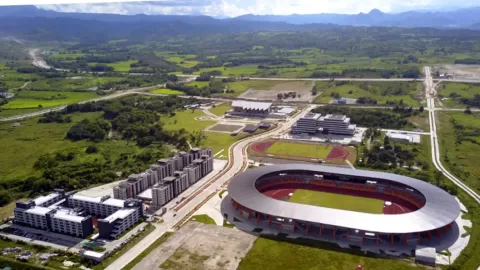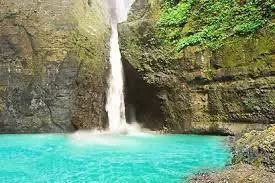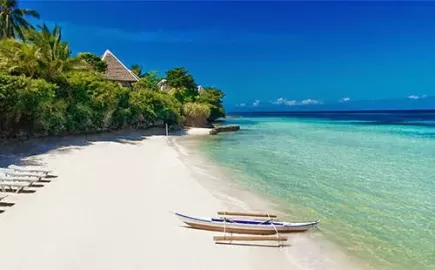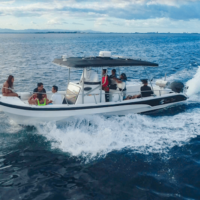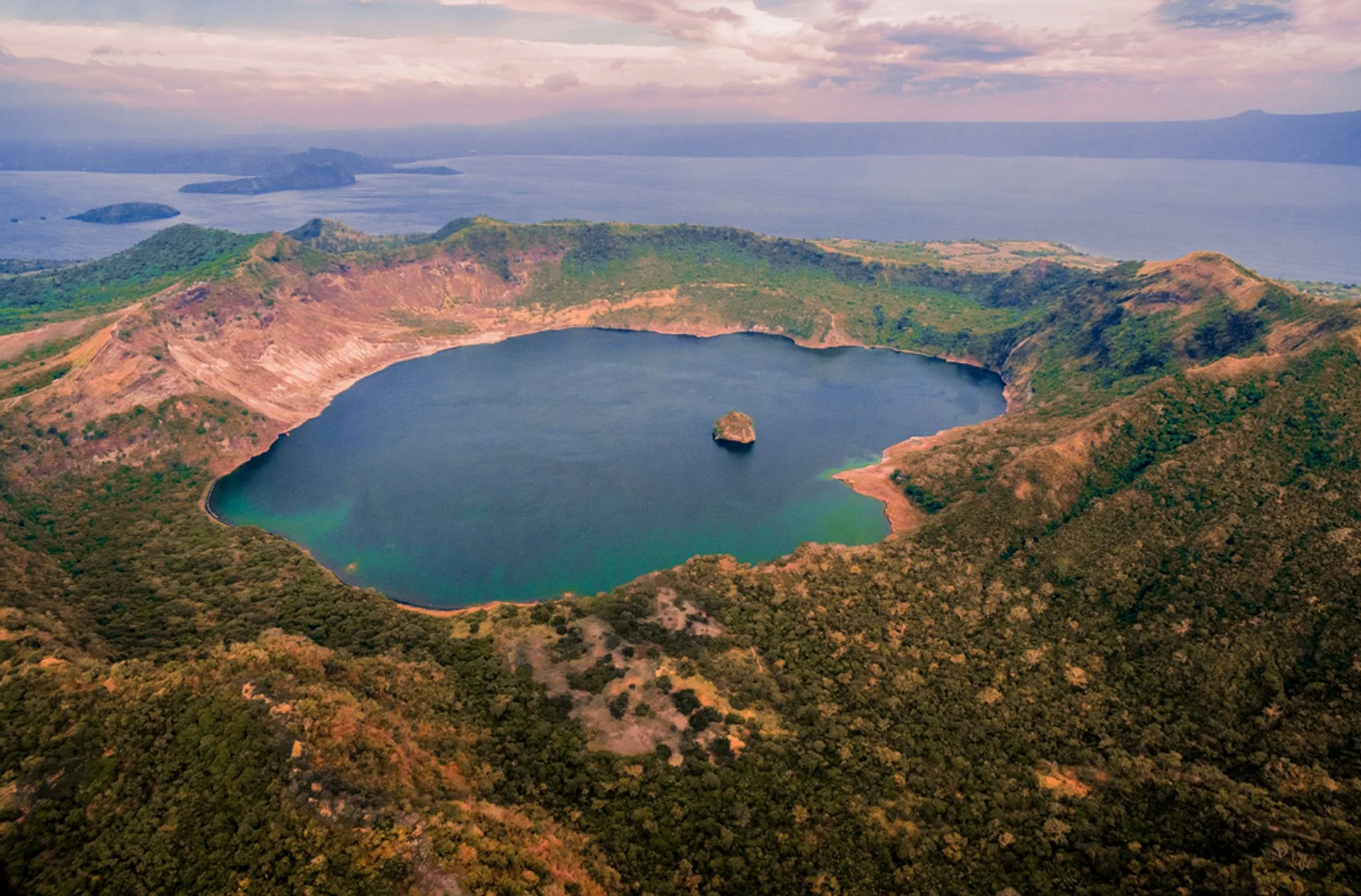
Taal Volcano & Lake
*This post may contain affiliate links. If so, we may earn a small commission when you make a purchase through links on the site. This is at no additional cost to you. Read full disclosures here
Are you looking for an exciting and unique destination for your next trip? If so, you might want to consider visiting Taal volcano and Lake, Philippines, one of the most spectacular natural wonders in the world. Taal volcano is famous for being the smallest active volcano in the world, but don’t let its size fool you. It has a history of violent eruptions that have shaped the landscape and culture of the surrounding region. In this blog post, we will explore some of the fascinating aspects of Taal volcano and Lake, including its history, attractions, local cuisines, geography, festivals and any other interesting facts.
History
Taal volcano is located on Volcano Island, which sits inside Lake Taal, a 234 sq km lake formed in the caldera of an earlier massive eruption. The lake itself is part of a larger complex volcano that has several eruption points that have changed over time.
Taal volcano has erupted more than 34 times since 1572, making it one of the most active volcanoes in the Philippines. Some of its eruptions have been devastating, such as the one in 1911 that killed more than 1,300 people and sent ash as far as Manila. The most recent eruption was in 2020, which forced thousands of residents to evacuate and caused widespread damage to crops and infrastructure.
Attractions
Despite its dangers, Taal volcano and Lake also offer many attractions for visitors who want to experience its beauty and adventure. One of the most popular activities is to take a boat ride from Talisay town to Volcano Island, where you can hike or ride a horse to the main crater lake. The crater lake is a stunning sight, with its turquoise water and steam vents. You can also see other smaller craters and maars on the island, which are volcanic craters that form when hot magma comes into contact with shallow ground water. Another attraction is to visit the Taal Heritage Town, a well-preserved colonial town that showcases the rich history and culture of the area. You can admire the ancestral houses, churches, museums and monuments that date back to the Spanish era.
Local cuisines
No trip to Taal volcano and Lake would be complete without tasting some of the local cuisines that reflect the diverse influences and flavors of the region. One of the most famous dishes is bulalo, a hearty soup made with beef shanks and bone marrow. It is perfect for warming up after a chilly day on the lake.
Bulaloa
A hearty soup made with beef shanks and bone marrow.

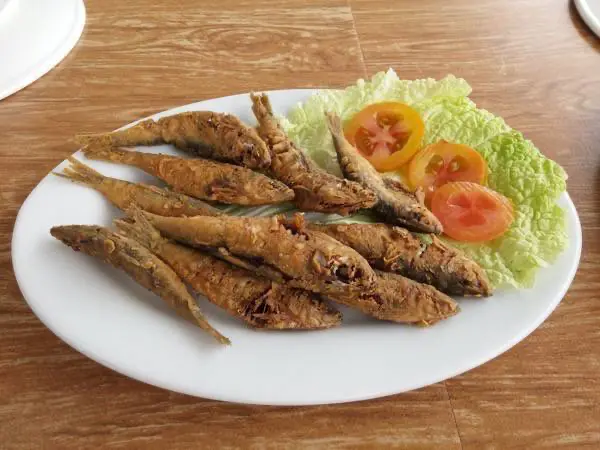
Crispy Tawilis
Another specialty is tawilis, a small freshwater sardine that is endemic to Lake Taal. It is usually fried or grilled and served with vinegar or calamansi juice.
You can also try sinaing na tulingan, a dish of slow-cooked tuna wrapped in banana leaves with salt and vinegar. For dessert, you can indulge in some of the sweet treats that Taal is known for, such as panutsa (peanut brittle), suman (sticky rice cake) and empanada (pastry filled with cheese or coconut).
Geography
Taal volcano and Lake are part of a larger geological feature known as the Macolod Corridor, a rift zone that stretches from Laguna de Bay to Balayan Bay. This zone is characterized by volcanic activity, faulting and subsidence, which have created various landforms such as lakes, mountains and islands. Taal volcano itself is composed of different types of rocks, such as basalt, andesite and dacite, which indicate its complex magmatic history. The lake water is also acidic and saline due to the volcanic influence.
Festivals
One of the best ways to experience the culture and spirit of Taal volcano and Lake is to join one of its festivals that celebrate its history, religion and nature. One of the most famous festivals is the Pista ng San Martin de Tours (Feast of St. Martin of Tours), which is held every November 11 in Taal town. This festival honors the patron saint of Taal, who is believed to have protected the town from volcanic eruptions. The highlight of the festival is a grand procession of colorful floats depicting scenes from the life of St. Martin. Another festival is the Ala Eh! Festival, which is held every December in Batangas province. This festival showcases the best of Batangas culture, such as music, dance, food and art.
More interesting facts
Here are some other interesting facts about Taal volcano and Lake that you might not know:
- Taal volcano is considered a Decade Volcano by the International Association of Volcanology and Chemistry of the Earth’s Interior (IAVCEI), which means it is one of the 16 volcanoes in the world that pose a significant threat to human lives and property.
- Taal Lake is home to many endemic species of flora and fauna, such as the tawilis fish, the maliputo fish, the Taal Lake snake and the Philippine freshwater crocodile.
- Taal Lake is also the largest lake in the Philippines in terms of water volume, with an estimated 2.38 cubic kilometers of water.
- Taal volcano has a unique feature called Vulcan Point, which is an island within the crater lake, which is on an island within a lake, which is on an island. It is considered the largest island in a lake on an island in a lake on an island in the world.
Best ways to get there
By land
The easiest and most common way to reach Taal Volcano and Lake is by driving or taking a bus from Manila, the capital city of the Philippines. The trip takes about two to three hours, depending on the traffic and the route you take. You can either drive directly to Talisay, the town where you can rent a boat to cross the lake, or stop by Tagaytay, a popular tourist spot that offers a scenic view of the volcano and lake from above.
By sea
Once you get to Talisay, you can hire a boat that will take you to the volcano island. The boat ride takes about 20 to 30 minutes, and you can enjoy the breeze and the sight of the water and the mountains along the way. The boat will drop you off at a dock where you can start your hike to the crater. You can also opt for a guided tour that includes a boat ride, a hike, and a horseback ride.
By air
If you want to splurge on a once-in-a-lifetime experience, you can also fly to Taal Volcano and Lake by helicopter or seaplane. This option is more expensive, but it will give you an incredible aerial view of the volcano and lake, as well as the surrounding landscape. You can book a flight from Manila or nearby airports, and choose between a round-trip or a one-way flight. Some flights also include a landing on the volcano island, where you can explore the crater up close.




